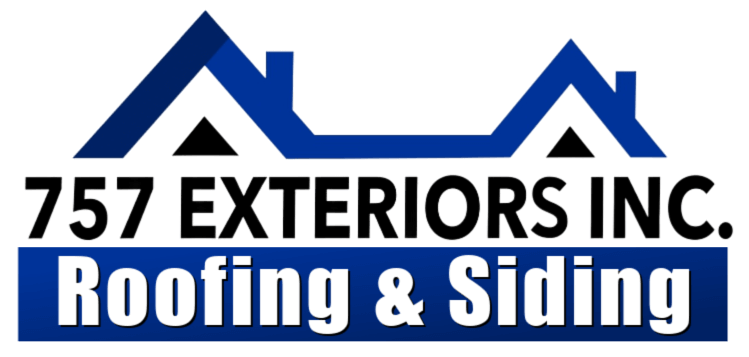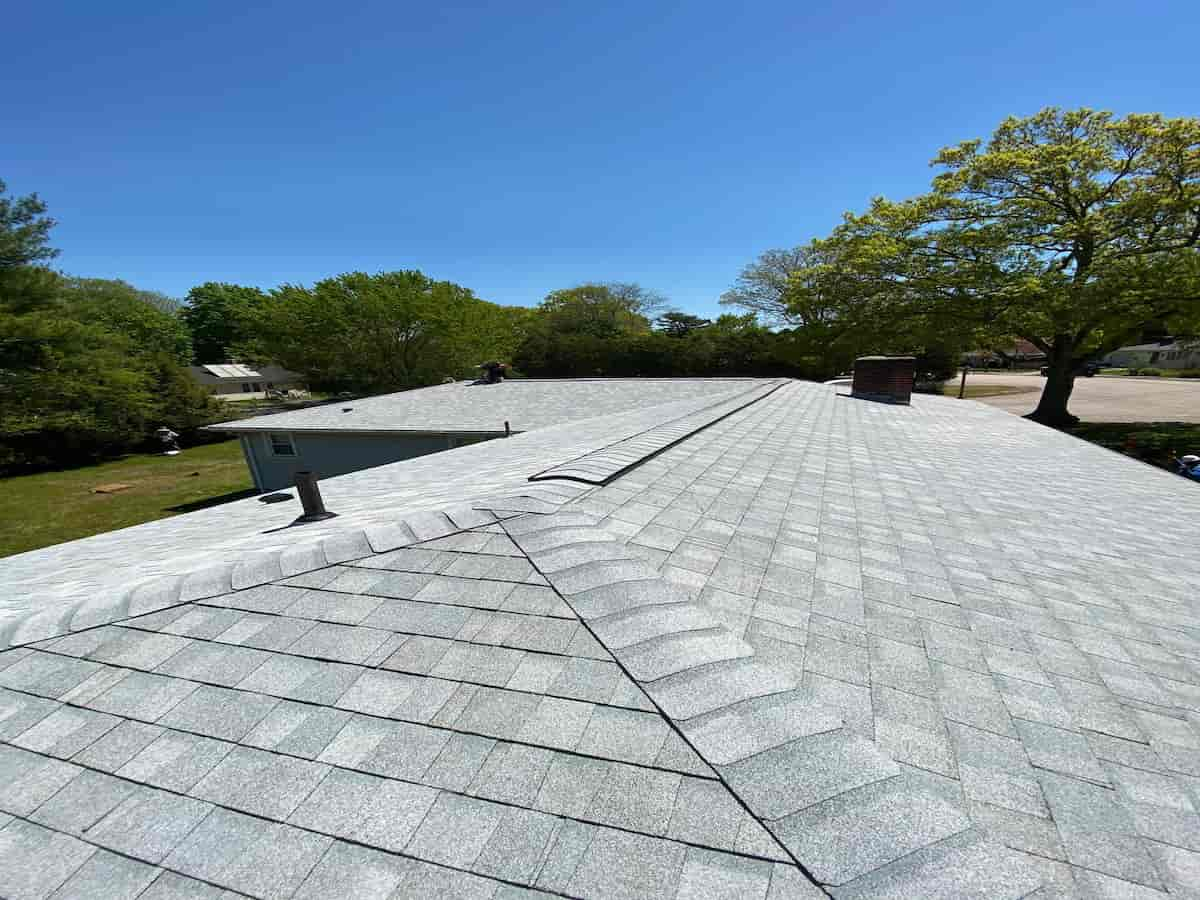When selecting roofing materials for your home, understanding composite roof shingles fire rating is crucial for both safety and financial protection. Fire ratings determine how well your roofing material can resist ignition and flame spread, directly impacting your family’s safety and your insurance premiums. These classifications aren’t just technical specifications—they’re your first line of defense against one of the most devastating threats to residential properties.
Professional roofing contractors like 757 Exteriors INC in Cranston, RI, understand the critical importance of fire-rated materials in protecting Rhode Island homes. With years of experience in roofing services, siding, and gutters, their team at +1 401-583-6671 helps homeowners navigate the complex world of fire safety standards while ensuring optimal protection for their investment.
Understanding the Fire Rating Classification System
The fire rating system for roofing materials follows a standardized approach developed by testing organizations like Underwriters Laboratories (UL) and the American Society for Testing and Materials (ASTM). This system categorizes materials into three primary classes based on their fire resistance capabilities.
Class A Fire Rating: Maximum Protection Class A represents the highest level of fire resistance available for roofing materials. These materials can withstand severe fire exposure and provide the best protection against flames and burning debris. Class A composite shingles undergo rigorous testing including:
- Flame spread resistance up to 6 feet
- Burning brand tests with 2000°F exposure
- Flying brand tests simulating burning debris
- Intermittent flame exposure for extended periods
Class B Fire Rating: Moderate Protection Class B materials offer moderate fire resistance, suitable for most residential applications. While not as robust as Class A, these materials still provide reliable protection against typical fire hazards:
- Flame spread resistance up to 8 feet
- Burning brand tests with 1400°F exposure
- Intermittent flame testing at reduced intensity
- Adequate protection for standard residential use
Class C Fire Rating: Basic Protection Class C represents the minimum acceptable fire resistance for roofing materials. These products provide basic protection against light fire exposure:
- Limited flame spread resistance
- Basic burning brand tests
- Suitable for low-risk fire areas
- Most economical fire-rated option
Regular residential roofing service ensures your fire-rated materials maintain their protective properties throughout their lifespan.
Fire Testing Standards and Procedures
The testing process for composite roof shingles fire rating involves comprehensive evaluation under controlled laboratory conditions. Understanding these procedures helps homeowners appreciate the rigor behind fire classifications.
ASTM E108 Standard Test Method This primary testing standard evaluates three critical aspects of fire resistance. The spread of flame test measures how far flames travel across the roofing material surface. The intermittent flame test assesses the material’s ability to resist sustained flame exposure. The burning brand test simulates real-world conditions by exposing materials to burning wooden brands of specific sizes and temperatures.
UL 790 Testing Protocol Underwriters Laboratories employs similar methodology with additional safety factors. Their testing includes wind simulation during fire exposure, representing real-world wildfire conditions. Temperature monitoring ensures materials maintain structural integrity during fire exposure. Duration testing verifies sustained performance over extended periods.
Professional composite shingles services ensure proper installation that maintains the tested fire resistance properties of your roofing materials.
Expert Tip: Fire Rating Maintenance
Even Class A fire-rated composite shingles can lose their protective properties without proper maintenance. Regular cleaning removes combustible debris, while annual inspections identify damaged areas that could compromise fire resistance. Professional maintenance ensures your investment continues protecting your home at its rated capacity.
Insurance Benefits and Premium Considerations
Fire-rated roofing materials significantly impact homeowner’s insurance premiums and coverage options. Insurance companies recognize the reduced risk associated with higher fire ratings and adjust premiums accordingly.
Premium Discounts by Fire Rating Most insurance providers offer substantial discounts for Class A fire-rated roofing. These discounts typically range from 5% to 20% of annual premiums, depending on your location and risk factors. Class B materials often qualify for moderate discounts, while Class C ratings may receive minimal premium reductions.
Coverage Advantages Higher fire ratings can improve your coverage options and claim approval rates. Insurance companies favor properties with proven fire resistance when processing claims. Some insurers require minimum fire ratings in high-risk fire zones, making Class A materials essential for coverage eligibility.
Long-term Financial Benefits The initial investment in higher-rated materials pays dividends through reduced premiums over time. A typical Class A composite roof installation might cost 10-15% more upfront but save thousands in insurance premiums over the roof’s lifespan.
Regular roofing inspection services help maintain insurance compliance and ensure continued premium benefits.
Material Composition and Fire Resistance Properties
Composite Roof Shingles Fire Rating depends heavily on the materials and manufacturing processes used in production. Understanding these components helps homeowners make informed decisions about their roofing investment.
Advanced Polymer Compositions Modern composite shingles incorporate fire-retardant polymers that resist ignition and slow flame spread. These synthetic materials often outperform traditional roofing in fire resistance while providing superior durability and weather protection.
Mineral Fiber Reinforcement Many high-rated composite shingles include mineral fibers that enhance fire resistance. These inorganic materials don’t burn, creating barriers that prevent flame penetration and reduce heat transfer to underlying structures.
Surface Treatments and Coatings Specialized fire-retardant coatings applied during manufacturing provide additional protection. These treatments create a protective barrier that activates under high heat, forming a char layer that insulates the underlying material.
Fire Rating Comparison Table
| Classification | Flame Spread | Test Temperature | Insurance Discount |
|---|---|---|---|
| Class A | Up to 6 feet | 2000°F | 10-20% |
| Class B | Up to 8 feet | 1400°F | 5-10% |
| Class C | Limited | Variable | 0-5% |
Installation Requirements for Optimal Fire Protection
Proper installation is crucial for maintaining the fire resistance properties of composite shingles. Even the highest-rated materials can fail to provide adequate protection if installed incorrectly.
Underlayment Selection Fire-rated composite shingles require compatible underlayment materials. Many manufacturers specify fire-resistant underlayments that complement their shingle fire ratings. Using non-compatible materials can void fire rating certifications and insurance coverage.
Ventilation Considerations Proper attic ventilation prevents heat buildup that could compromise fire resistance. Adequate airflow keeps temperatures within acceptable ranges and prevents moisture issues that can degrade fire-retardant treatments.
Deck Preparation and Fastening The roof deck must meet specific requirements for fire-rated installations. Proper fastening ensures shingles remain in place during fire exposure, maintaining the protective barrier. Professional installation following manufacturer specifications is essential for warranty coverage.
When considering roofing replacement, ensure your contractor understands fire rating requirements and installation specifications.
Cost Analysis and Long-term Value
Investing in higher composite roof shingles fire rating classifications provides significant long-term value despite higher initial costs. Understanding the complete financial picture helps homeowners make informed decisions.
Initial Investment Comparison Class A composite shingles typically cost 10-25% more than Class C alternatives. However, this investment pays dividends through insurance savings, increased property value, and enhanced safety. The price difference often represents less than $500-1000 for an average residential roof.
Insurance Savings Over Time Annual insurance premium savings can total hundreds of dollars for homes with Class A fire-rated roofing. Over a 20-30 year roof lifespan, these savings often exceed the initial additional investment. High-risk fire areas see even greater insurance benefits.
Property Value Enhancement Fire-rated roofing increases property values and marketability. Potential buyers recognize the safety and insurance benefits, making homes with fire-rated roofs more attractive in competitive markets.
Maintenance and Longevity Higher-rated composite shingles often demonstrate superior durability and weather resistance. Reduced maintenance requirements and longer lifespans provide additional value beyond fire protection benefits.
Professional roofing repair services help maintain your fire-rated roofing investment and ensure continued protection.
Maintenance Tips for Sustained Fire Resistance
Maintaining fire resistance requires ongoing attention to roof condition and cleanliness. Simple maintenance practices ensure your composite shingles continue providing rated protection throughout their lifespan.
Regular Debris Removal
- Remove leaves, branches, and other combustible materials quarterly
- Clean gutters and downspouts to prevent debris accumulation
- Trim overhanging tree branches to reduce debris and fire spread risk
- Install gutter guards to minimize maintenance requirements
Annual Inspection Protocol Professional inspections identify potential issues before they compromise fire resistance. Damaged or missing shingles create vulnerability points that reduce overall protection. Early identification and repair maintain system integrity.
Cleaning and Treatment Some composite shingles benefit from periodic cleaning to remove algae, moss, or other organic growth. These materials can reduce fire resistance if allowed to accumulate. Professional cleaning maintains both appearance and protective properties.
Frequently Asked Questions
Q: Do all composite roof shingles have fire ratings?
A: Not all composite shingles carry fire ratings. Only products that have undergone formal testing and certification display fire rating classifications. When shopping for composite shingles, specifically look for UL or ASTM fire rating certifications to ensure you’re getting tested fire protection.
Q: How long do fire rating certifications last on composite shingles?
A: Fire rating certifications are permanent for the specific product and installation when properly maintained. However, the actual fire resistance can degrade over time without proper maintenance. Regular inspections and maintenance ensure your shingles continue providing their rated protection level throughout their lifespan.
Q: Can I upgrade my existing roof’s fire rating without full replacement?
A: In most cases, upgrading fire ratings requires complete roof replacement with certified fire-rated materials. The fire rating applies to the entire roofing system, including underlayment and installation methods. Adding fire-retardant treatments to existing non-rated shingles doesn’t provide certified fire rating classification.
Q: Are Class A fire-rated composite shingles worth the extra cost?
A: Class A composite shingles provide excellent value through insurance premium savings, increased property values, and superior fire protection. The additional upfront cost is typically recovered within 5-7 years through insurance savings alone, making them a smart long-term investment for most homeowners.
Conclusion
Understanding composite roof shingles fire rating classifications empowers homeowners to make informed decisions about their most important investment—their home’s protection. Class A, B, and C ratings represent different levels of fire resistance, each offering specific benefits and applications. The investment in higher-rated materials pays dividends through insurance savings, increased property values, and most importantly, enhanced family safety.
Professional installation and regular maintenance ensure your fire-rated composite shingles continue providing optimal protection throughout their lifespan. Working with experienced contractors who understand fire safety requirements guarantees proper installation and long-term performance.
Ready to Upgrade to Fire-Rated Composite Shingles?
Protect your home and family with professional composite roof installation. Our certified team ensures proper fire-rated material selection and expert installation for maximum protection.
757 Exteriors INC – Cranston, RI
Call +1 401-583-6671 for Your Free Fire Safety Consultation
Schedule Your Inspection Today




